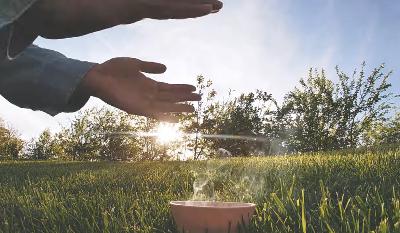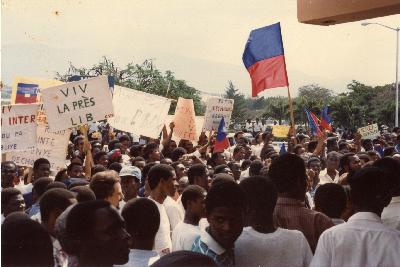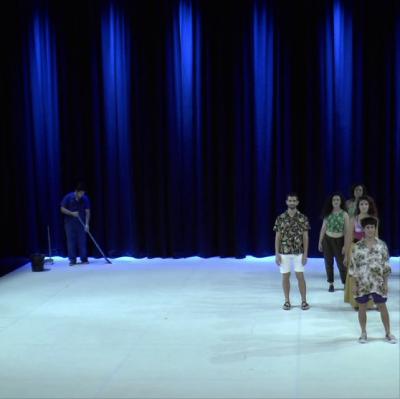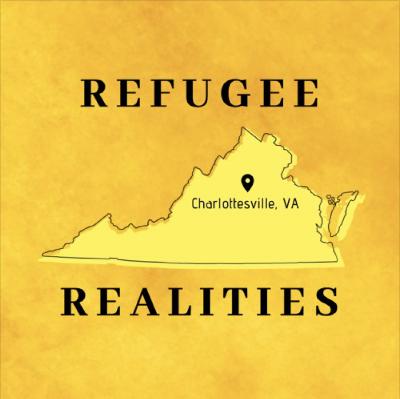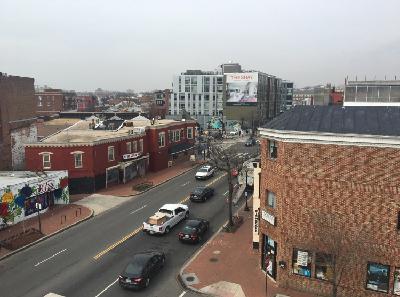Music Video as Process: “Revitalize” by T-Rhyme
Description
What is a music video, anyway? Historically dismissed by film theorists as cinematically flawed or by the public as mere promotional snippets, music videos didn’t used to get the credit they deserve as a serious artistic medium. In the 1990s, Carol Vernallis challenged both notions, suggesting that they are actually a unique genre where music and visuals aren’t just paired—they communicate deeply with each other. Since then, scholars have taken diverse approaches to try to make sense of how film theory is applicable to these delicious nuggets of musical storytelling. For example, Phoebe Macrossan argues that Beyoncé’s Lemonade is a signal example of “film worlding,” indicating how the artist uses video to create her own intimate and all-encompassing environment. Additionally, Olu Jenzen and colleagues have found that political remix videos use recombinations of existing sounds and images to make rhetorical points that can challenge mainstream media reporting in real time. According to Stan Hawkins and Tore Størvold, from the perspectives of musicology or music theory, perhaps it is the video that amplifies the song’s harmonic structure or musical form, as suggested by their analysis of Justin Timberlake’s “Man of the Woods.”
Through skillful harmonic analysis or rhetorical analysis or cataloging of film techniques, scholars and critics now take music videos seriously. Yet, across interdisciplinary research approaches to music videos, what is largely taken for granted is that the music video is an object, a work to which various theories can be applied. What if we extend these approaches further and consider the music video not just as an object of analysis to be dissected, but as a representation of a creative process that entwines sound and vision in innovative ways to connect people and forge relationships? Such an analysis is especially possible when listening to independent creators who take an active role in conceptualizing, shooting, and editing their videos. By shifting our perspective to view the music video as documenting an ongoing creative and relational journey rather than solely as an object for analysis, we open up new possibilities for understanding the deeper significance of these works. Music videos can serve not just as vehicles for artistic expression, but as catalysts for strengthening bonds, preserving cultural knowledge, and fostering a sense of pride and resilience within communities.
<figure class="wp-block-image size-large">
 <figcaption class="wp-element-caption">Still image from music video for “Revitalize” by T-Rhyme (2021)</figcaption></figure>
<figcaption class="wp-element-caption">Still image from music video for “Revitalize” by T-Rhyme (2021)</figcaption></figure>Music Video as Process
In 2023, I co-organized a series of performances for Native Jam Night at UC Riverside, an annual music showcase featuring Indigenous artists from California and across Turtle Island. One way my colleagues and I honed in on guest artists was by asking students to listen to several playlists and recommend the music that spoke to them. The song “Revitalize” by T-Rhyme came up as a favorite. T-Rhyme has released music that tells personal stories and responds to contemporary social realities. At times, this music responds to her lived experience as a woman with Nehiyaw and Denesuline roots.
The music video for “Revitalize” is not only a popular extension of the song’s appeal, but an audiovisual series of connections and interactions. Paying attention to it in this way shows what can emerge from one kind of nontraditional listening posture, this one inspired by my conversations with T-Rhyme and also grounded in the way I have been opening my ears to her music. I first got to know T-Rhyme in-person when I invited her and MC Eekwol to perform as part of the Show & Prove hip hop event in 2018. We stayed in touch over the next several years.
<figure class="wp-block-image size-large">
 <figcaption class="wp-element-caption">T-Rhyme in still image from music video for “Revitalize” by T-Rhyme (2021)</figcaption></figure>
<figcaption class="wp-element-caption">T-Rhyme in still image from music video for “Revitalize” by T-Rhyme (2021)</figcaption></figure>As part of T-Rhyme’s return visit to California in 2023, we got to drive around and talk music business, have dinner with Native directors and actors as part of an Indigenous Storytelling event, go shopping, and get tacos at one of my favorite hole-in-the-wall spots. When it came time to make plans around the release for my book Sonic Sovereignty: Hip Hop, Indigeneity, and Shifting Popular Music Mainstreams, I knew it made sense to keep building on dialogues with musicians. Instead of just talking about myself, or even ideas that were already published, I wanted to keep the conversation going, continue listening, and find ways to share what I was hearing with more audiences. When I talked with T-Rhyme in the winter and spring of this year, then, it was to hear more about her creative process beyond any single project, to talk about what I was hearing and how I was listening, and to make space for that meaning making that almost approaches a musical flow that can bubble up out of a good dialogue.
Revitalization
A years-long process led up to “Revitalize,” T-Rhyme told me, and there are goals for the song that stretch beyond the moment of recording. To make the video, T-Rhyme went out to ceremonial grounds with her family and her photographer cousin Tennille Campbell’s family, spending time out with buffalo so Campbell could record. Looking back, she went through over a year and a half of her recordings of family and friends to select moments of daily life to interweave with special moments of celebration.
To convey the importance of land with viewers, the rapper worked with her brother, who shared his drone landscape footage that he recorded where he lives in northern Saskatchewan. She filmed other pieces at a powwow in Treaty Six territory in Alberta, finding inspiration from old friends she reconnected with for the occasion, as well as other Indigenous musicians and dancers she met while looking to connect there. T-Rhyme delivers the chorus and rapped verses over a beat by Doc Blaze, while collaborators in the music video mouth key words, notably “revitalize,” to her audio. Each aspect of the video was made with family or friends, and together they encompass years of work and hopes for the future.
<figure class="aligncenter size-large">
 <figcaption class="wp-element-caption">Still image from music video for “Revitalize” by T-Rhyme (2021)</figcaption></figure>
<figcaption class="wp-element-caption">Still image from music video for “Revitalize” by T-Rhyme (2021)</figcaption></figure>From her past work, T-Rhyme recalled that shooting a music video can be stressful and involve intense time pressure. Instead, she told me, “I wanted none of those vibes to be involved with this project. I wanted the whole entire thing to be good vibes. And positive because part of our healing is through laughter and joking and being together as family.”
So, what is “revitalization” in the context of making music with family and friends? For T-Rhyme, “These are people I trust, I grew with, I evolved with, I changed with. All these people make me feel good and that I’m proud of, that I want to show off.” Paying attention to how musicians choose to tell their stories and further relationships with others is part of recognizing their sovereignty through sound. Sonic sovereignty is an active process.
The notion of “sonic sovereignty” builds from Jolene Rickard’s determination in “Diversifying Sovereignty and the Reception of Indigenous Art,” that “the idea of our art serving Indigenous communities reinforced my understanding that sovereignty is more than a legal concept”(82), and Tewa and Dine scholar-filmmaker Beverly Singer’s working through what she refers to as “cultural sovereignty,” in Wiping the War Paint off the Lens: Native American Film and Video, “which involves trusting in the older ways and adapting them to our lives in the present”(2). It’s meaningful to move into celebration together, as T-Rhyme explains: “Part of revitalization, especially when it comes to our healing as Native people, is we need to remember love. We don’t need to be in survival mode all the time.”
<figure class="wp-block-embed is-type-video is-provider-youtube wp-bl

